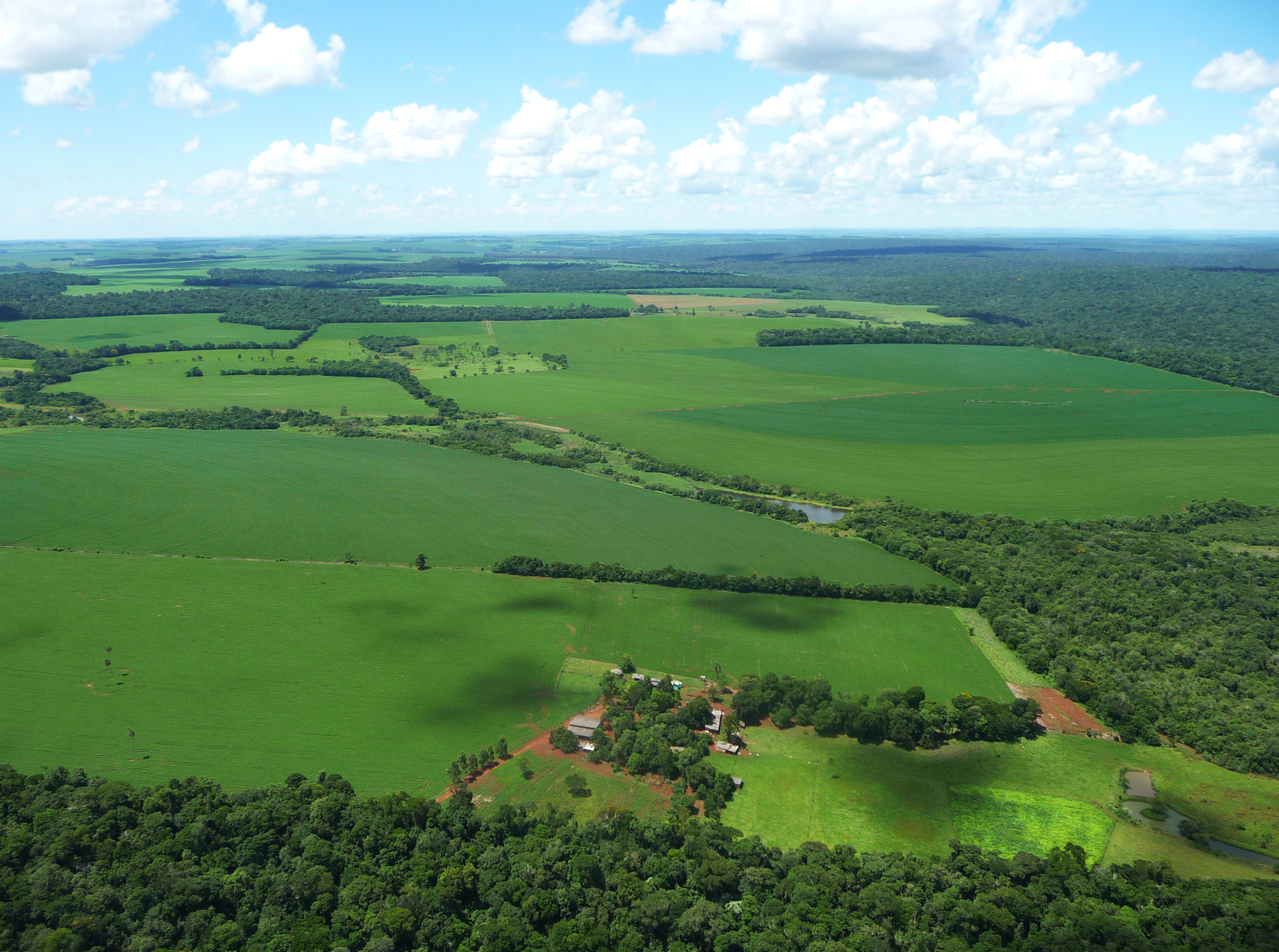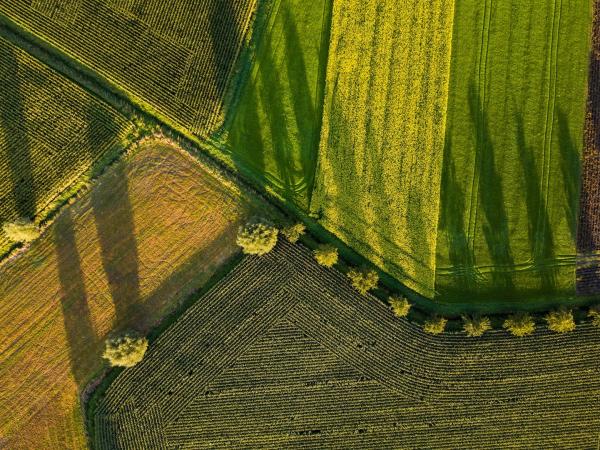
In 2006, Greenpeace launched a campaign exposing deforestation caused by soy production in the Brazilian Amazon. In the previous year, soy farming expanded into more than 1,600 square kilometers of recently cleared forests. The destruction, they said, had to stop.
In response, major soy companies in the region reached a landmark agreement as signatories to the Amazon Soy Moratorium (ASM), pledging not to purchase crops grown on recently cleared land. Deforestation fell in the following years, but no one had measured the moratorium’s aggregate impact.
Now, assistant professor Robert Heilmayr and his colleagues at the University of Wisconsin Madison have quantified the ASM’s effects and documented how it achieved its success. The researchers found that the agreement prevented thousands of square kilometers of deforestation over its first decade. What’s more, the policy did not appear to hamper agricultural growth or push deforestation to other sectors or regions. The study, funded by the Gordon and Betty Moore Foundation and the Norwegian International Climate and Forest Initiative, appears in Nature Food.
“Over one decade the ASM saved 18,000 square kilometers of forest,” said Heilmayr, an environmental economist with the Bren School. “This is an area bigger than the state of Connecticut.”
Around the same time the Amazon Soy Moratorium was adopted, the Brazilian government was expanding its regulations against deforestation. The policies covered the legal Amazon, a larger administrative area that includes the Amazon biome and parts of the Cerrado biome – a vast region of tropical forest and savannah southwest of the rainforest.
Fortunately, the moratorium had three key features the team could use to distinguish its effects from these government actions: It went into effect in May 2006; it was restricted to the Amazon biome; and it applied specifically to land cleared for soy production. Heilmayr broke down how these factors directed the team’s analysis. “We compared deforestation across ecological biomes after the adoption of the ASM, and across locations with different suitability for soy production, to isolate the impact of the ASM,” he explained.
The authors found a reduction in deforestation above and beyond what they could attribute to government policies alone. They estimate that between 2006 and 2016, deforestation in soy-suitable portions of the Amazon was 35% lower than what would have occurred without the ASM.
“Our study is important because, for the first time, we were able to control for other policies and factors outside the ASM to quantify its unique contribution to forest conservation,” explained coauthor Holly Gibbs, associate professor at UW Madison.
Scientists and conservationists were concerned the ASM might prompt soy farmers to begin planting in pastures, thereby pushing ranchers to clear more forest, essentially passing the buck to a different sector. However, the study suggests this did not happen. Gibbs explained it’s likely due, at least in part, to similar campaigns aiming to stem deforestation in the cattle sector. These efforts began in 2008 and resulted in similar zero-deforestation agreements in the cattle industry. The team also saw little evidence that the ASM was pushing deforestation into the nearby Cerrado biome, though this risk continues to be a concern.
Although some Brazilian policymakers worry that strict environmental commitments may weaken economic growth, soy production in the Amazon has continued to expand since adoption of the ASM. It increased from 4.9 million tonnes of production in 2006 to 17.2 million tonnes in 2019. Ultimately, the moratorium has demonstrated that soy expansion is possible without deforestation, Gibbs explained.
Further reading:
Success in the Amazon, The UCSB Current, 14 December 2020
Brazil’s Amazon Soy Moratorium reduced deforestation, Heilmayr, Rausch, et al., Nature Food, 11 December 2020


